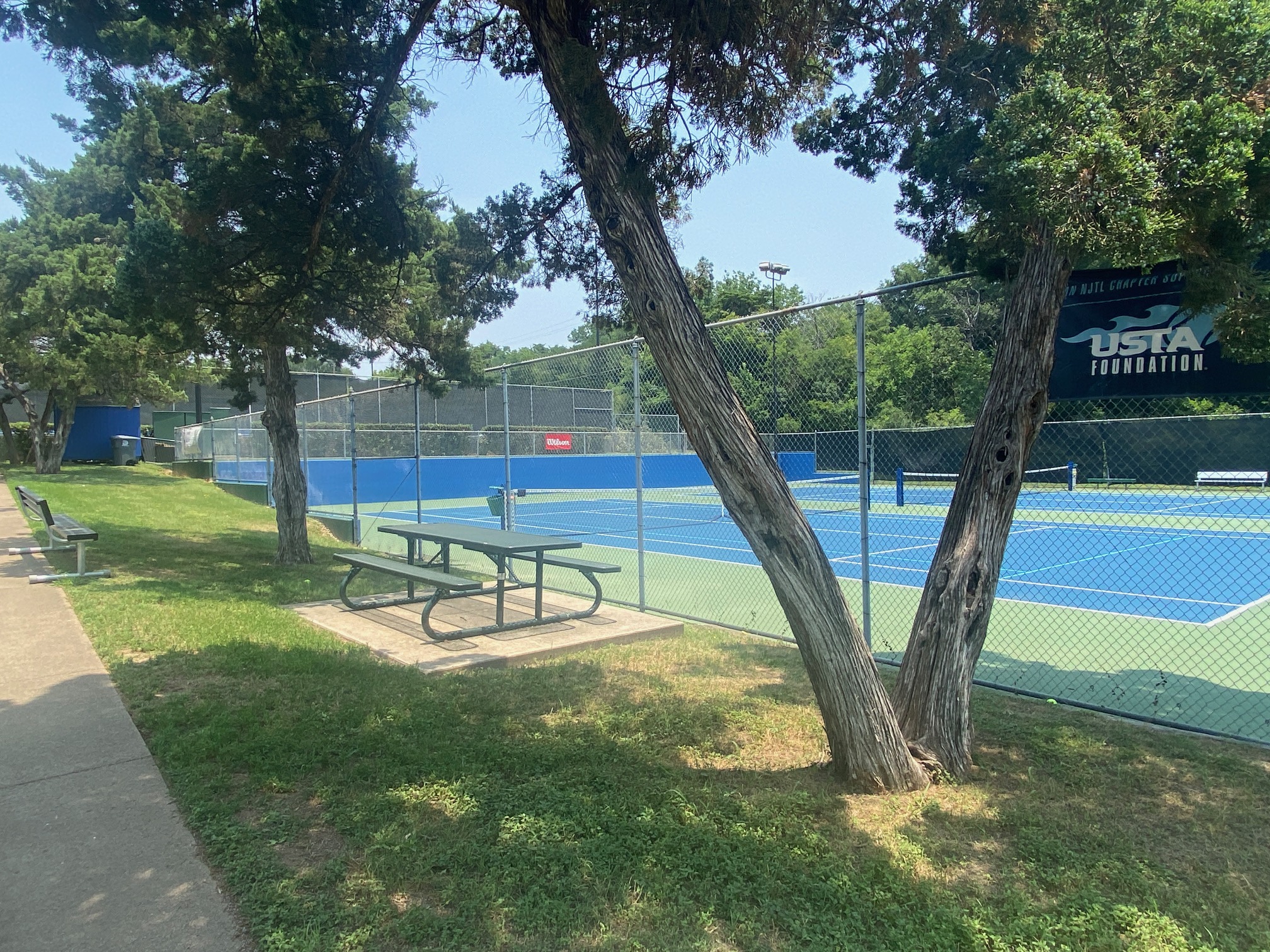Yesterday I wrote about the series of events that led to my initial USTA NTRP self-rate at 4.0. If you missed that post, you might want to hit that hyperlink to read through that article first.
I do not think my initial self rate of 4.0 was particularly egregious. I am not even sure that it was incorrect at that point in time. In subsequent conversations with the head pro at the facility that encouraged me through the self rate process, he pointed out that my level of play increased very rapidly over a short period of time.
I am aware that there are people who passionately believe that I never should have been “allowed” to self-rate at 4.0. To those people I would point out that I was 20 pounds heavier than I am right now, and was struggling to adjust to tracking and hitting the ball through my progressive lens bifocals. There was no guarantee that my level of play would progress much beyond that initial point.
During my current tenure as a computer rated 5.0, I have been asked if I would be interested in joining a team as a 4.0 following a drill on no less than three distinct occasions. Some people observe my strokes in a semi-competitive environment and eyeball me at 4.0 to this very day. This illustrates the challenge in the NTRP self rating process. In engineering vernacular, there is an initialization problem with the NTRP system. More on that coming soon.
For the topic at hand, I have another NTRP sandbagging confession to make. While my days as a 4.0 were very short lived, I spent an inordinate amount of time at the 4.5 level. I am aware that there are people who passionately believe that I intentionally sandbagged to make that happen. In retrospect, I probably did contribute to my languishing rating, but it was not intentional.
In 4.5 league play, I came to be regarded as a fairly dominant singles player. This created what an engineer would refer to as a reinforcing loop. The rough outline of this pattern follows; As the perception of my playing strength grew, the playing level of (some of) my singles opponents declined. Thus, the more dominant I seemed to be. The cycle repeats.
This effect was particularly pronounced in formats where there was only one line of singles. In those leagues, as soon as I walked up to the courts, the opposing captain would apologize to the weakest player slated to play on that day and slot her into the singles line to “take one for the team.”
In those cases I would frequently do things to extend rallies just to hit a few more balls, especially if that was the only tennis play that I had lined up for the day. For example, if my opponent was unwilling (or unable) to hustle up to my military grade drop shot, I would simply stop playing that shot. If my opponent had limited court mobility, I would hit five balls up the middle before making more aggressive shots. Backhand weak? All forehands.
This had the effect of making some of my matches appear to be more competitive than they actually were. It also probably had a depressive effect on my NTRP rating. In defense of myself, my emerging understanding is that average strength of opponent also factors heavily into the NTRP calculation. When the opposing team trots out a barely 4.0 singles line against a strong 4.5, it impacts the calculation. Or so I am told.
In any case, I stopped that practice when I realized that extending matches to get a little more play in was, in effect, potentially depressing my NTRP rating. Now if I have a match that appears to be closer than it should have been, or God forbid, if I actually lose, it is because I genuinely sucked that day. There is a high degree of variance in my play from one day to the next.
I assert that my own personal journey speaks directly to one of the core problems with the NTRP system. It is shrouded in mystery and superstition. I understand that the USTA regards the lack of transparency as essential because there are people who would use any additional insight to game the system. At the same time, it might lead otherwise well-intentioned people to do the very same thing, inadvertently.
I can’t recall any other NTRP sins at the moment. The confession was cathartic. Probably at some future date I will be made aware of some other NTRP transgression I have made in the past. It is the nature of the beast.



